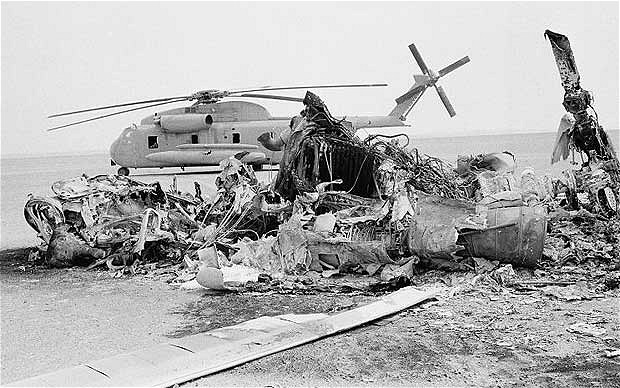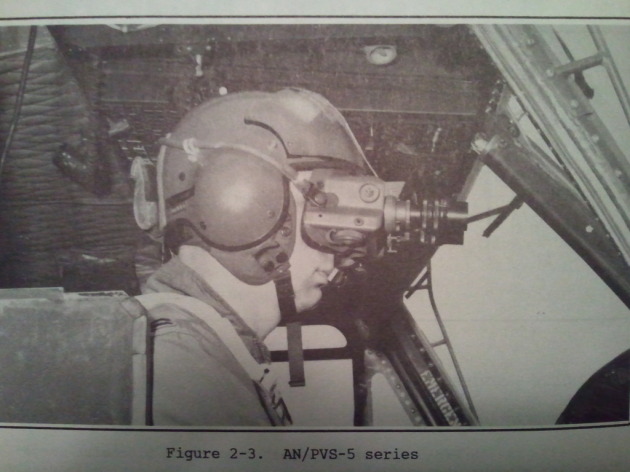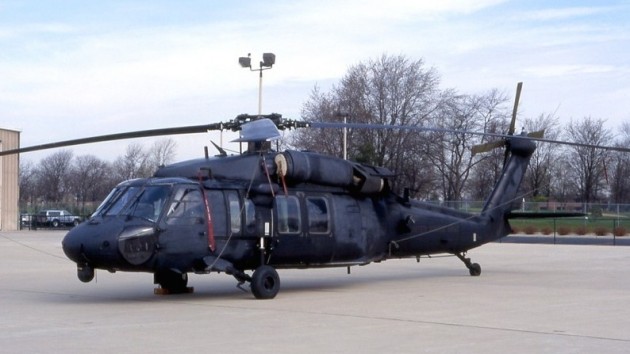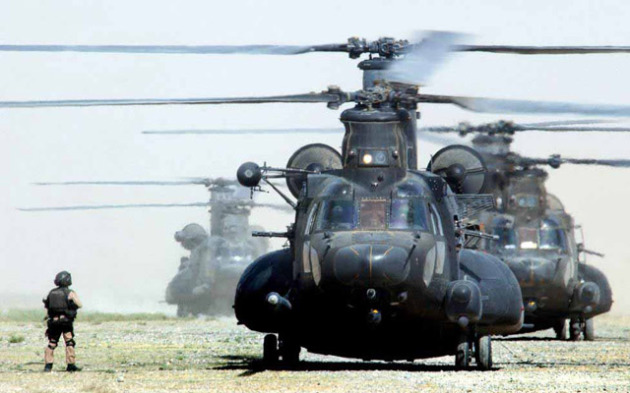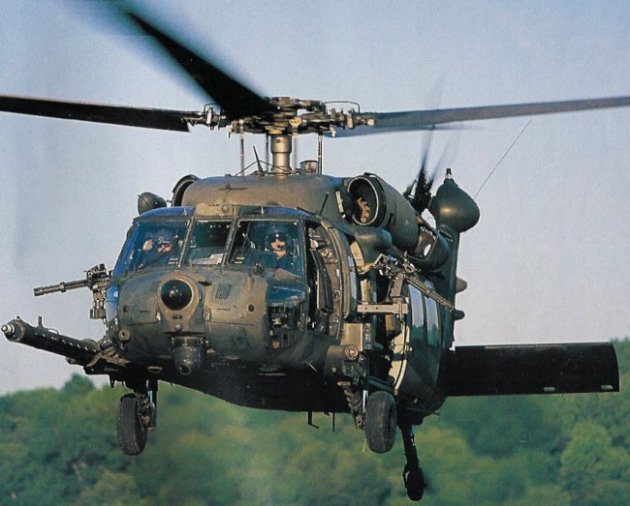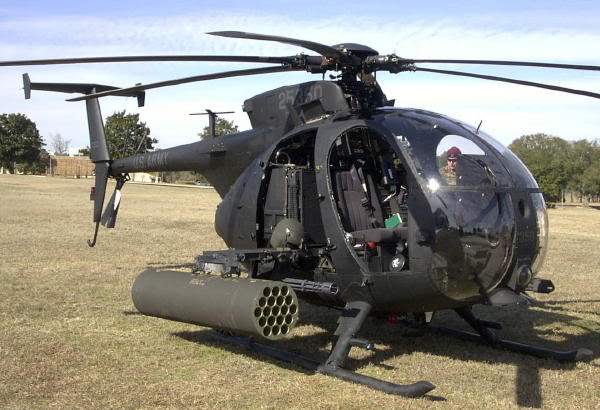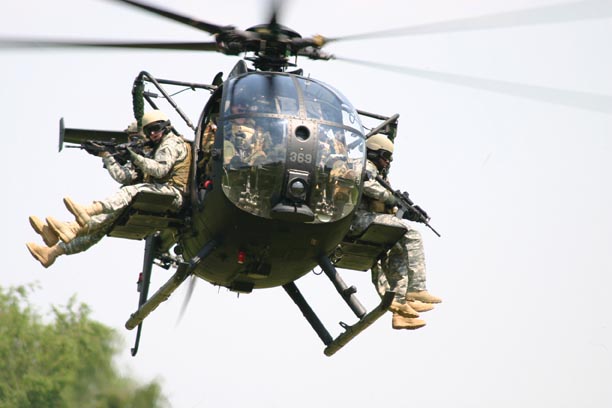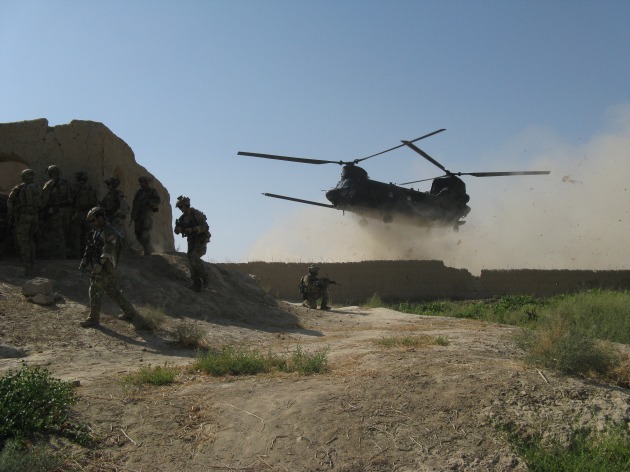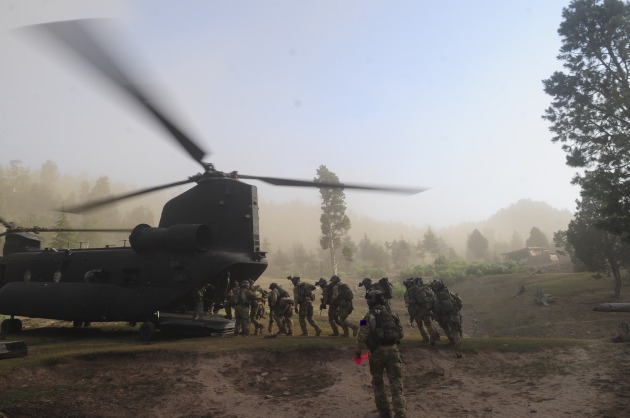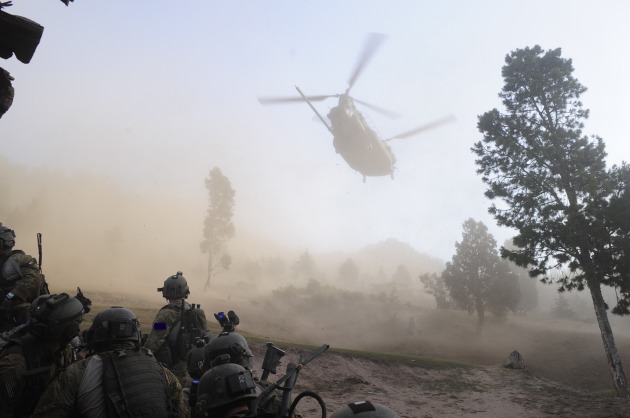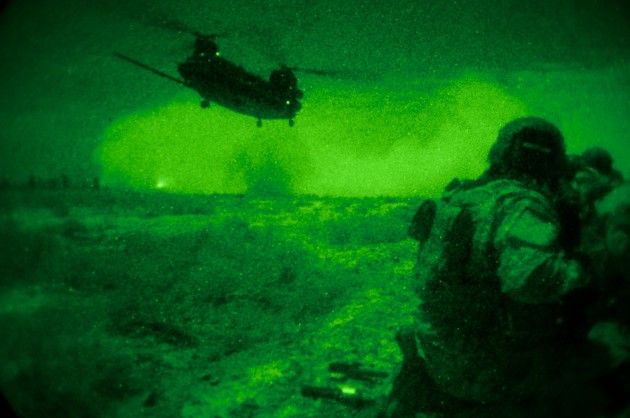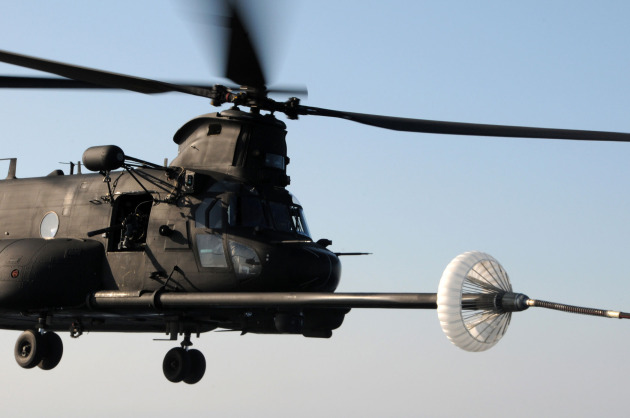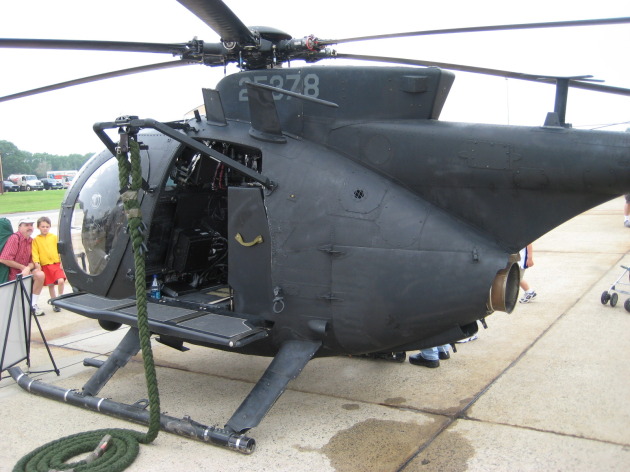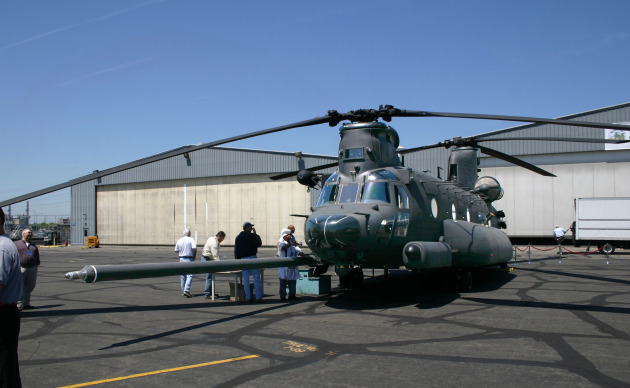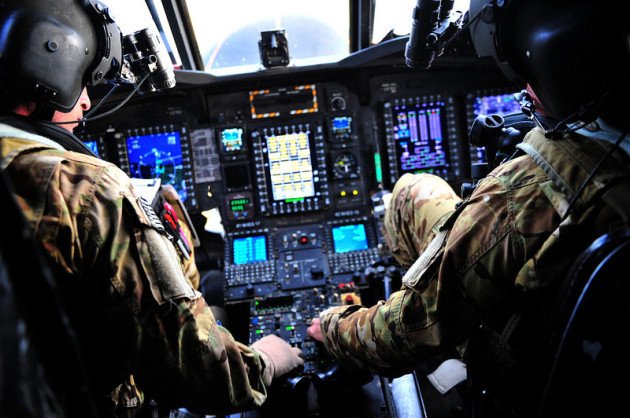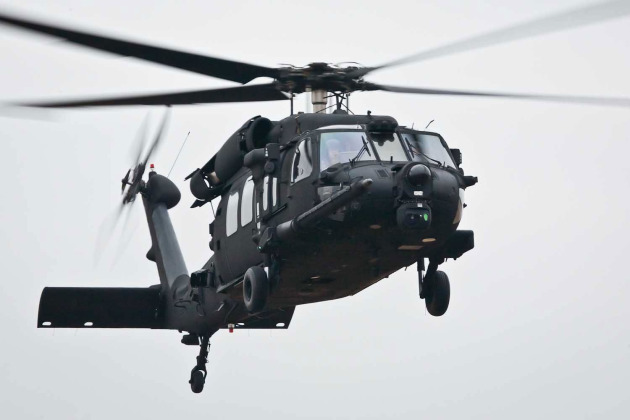http://fightersweep.com/393/special-operations-aviation-part-1/
About the author: Matt Gardner is a retired Chief Warrant Officer 4, and former standardization instructor pilot of the 160th Special Operations Aviation Regiment (Airborne), flying the MH-47G. His career overseas tours included Europe, Korea, and Central America. His combat and contingency tours included operations Desert Storm, Joint Guardian, and multiple tours as part of Operations Iraqi Freedom and Enduring Freedom.
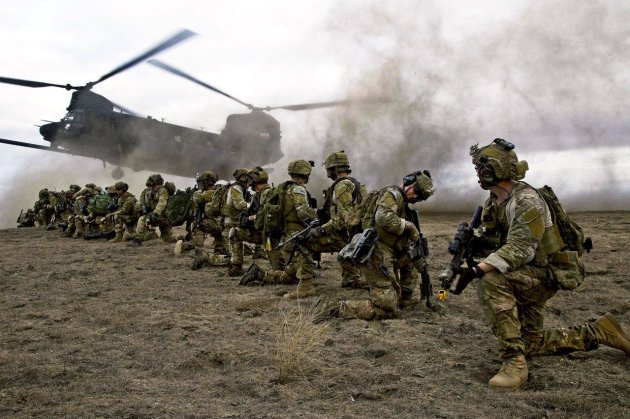
There are many parts of the modern military that, while appearing to have always existed, are actually somewhat modern developments or refinements of older ideas, or things used only at certain points of time in certain places. Special Operations aviation is one of those things.
To anyone who has primarily learned military history within the last twenty years, the 160th Special Operations Aviation Regiment (Airborne) has seemed a constant. It began making its way into the pop-culture lexicon following Operation Gothic Serpent and the subsequent book by Mark Bowden, Black Hawk Down, detailing much of the Regiment’s work in Mogadishu, and specifically the shoot down and capture of Michael Durant and the concurrent Battle of the Black Sea.
What might surprise some is that in October of 1993 the unit was barely a dozen years old. This series will explore how the 160th came to be, who they have become, and how they fit into the fabric of modern warfighting.
The use of aircraft and helicopters in special operations is nothing new. As far back as 1944, the Army Air Corps developed the capabilities of aviation in support of unconventional forces, establishing what became known as the 1st Air Commando Group in the China-Burma-India theater of operations (followed by the 2nd and 3rd ACGs in quick succession). Used in the Pacific theater, they performed both conventional and unconventional support missions behind enemy lines, and are credited with performing the first combat aircrew rescue by helicopter. At the time, their sole helicopter asset was the Sikorsky YR-4. Deactivated after World War II, similar missions were briefly performed during the Korean War. Again, however, once hostilities ended, the units were deactivated.
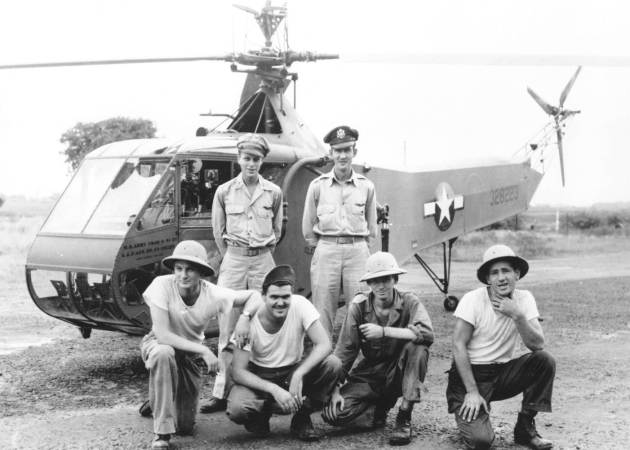
Members of the 1st Air Commando Group, US Army Air Force. Credit: AFSOC.
The rise of helicopters as a primary mode of transportation and war fighting during Vietnam solidified the relationship between aviation and the ground force commander. The terrain and tactical challenges of Vietnam demanded high mobility, and the rapid development of combat helicopters in the intervening years provided a great variety of platforms in both the Army and Air Force.
On the Army side, aviation support of the Special Forces Groups began in 1962 with the 22nd Special Warfare Aviation Detachment (SWAD) at Ft Bragg. The unit was soon renamed the 22nd Aviation Detachment (Special Forces). They were created to provide aviation support to the 5th SFG, the 7th SFG, the US Army Special Warfare School, and the 1st and 13th Psychological Warfare Battalions. The unit was deactivated in late 1963, but was followed soon afterward by the establishment of the 281st Assault Helicopter Company.
Activated at Ft Benning, GA, the 281st soon formed its headquarters in the 5th SFG compound in Nha Trang Bay, Republic of Vietnam. Considered the first organized special operations helicopter unit in the US Army, it is seen as the legacy unit for the 160th SOAR. Their mission was the movement of troops and supplies under the direction of the 5th SFG commander. As the SF groups developed over the following years, each group gained its own organic aviation detachment, generally comprised of four UH-1D aircraft and crewmembers.
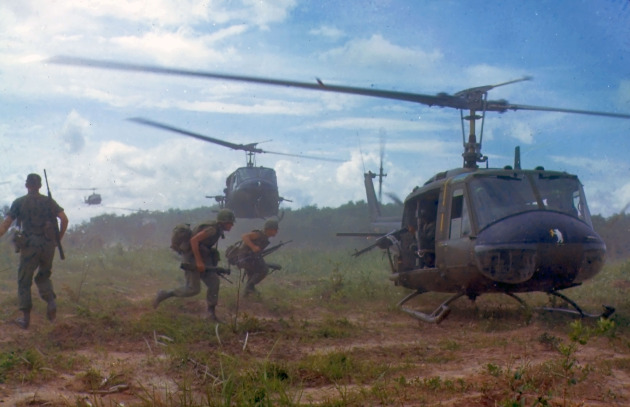
UH-1D supporting ground forces, Vietnam, 1966. By James K. F. Dung, SFC, Photographer (Public domain)
The Air Force developed a formal Special Operations designation and organization for rotary winged assets. Within the Special Air Warfare Center and subsequent USAF Special Operations Force, the USAF developed and trained crews in combat search and rescue and SOF support. Their crews and aircraft executed the now-famous Operation Kingpin. Also known as the raid on the Son Tay Prison in North Vietnam, the USAF elements provided the airlift capability to the 56 US Army SOF personnel main assault element.
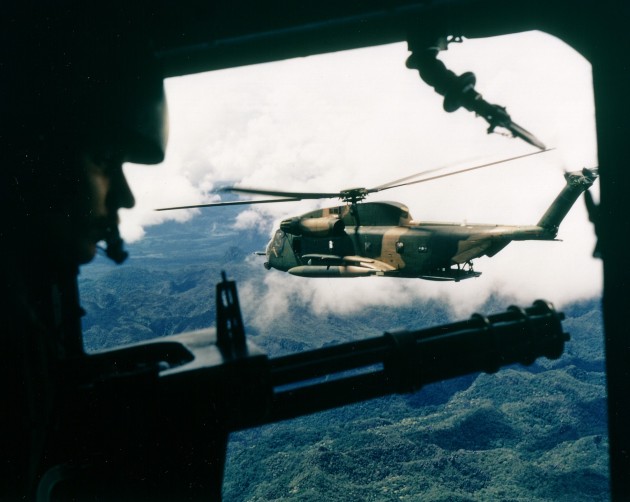
HH-53C over Vietnam, 1972
Credit: Ken Hackman, USAF (Public Domain)
History often teaches us nothing; as with the two conflicts previous, the years following Vietnam saw the inactivation of many special operations capabilities. The Air Force was eventually reduced to a single Special Operations Wing, and the US Army SFG detachments remained organic units without unified equipment, command, training, or accession. And, as often occurs in history, a need will arise whether the capability exists or not. Thus was the case in 1979, when the Iran Hostage Crisis presented such a need.
About the author: Matt Gardner is a retired Chief Warrant Officer 4, and former standardization instructor pilot of the 160th Special Operations Aviation Regiment (Airborne), flying the MH-47G. His career overseas tours included Europe, Korea, and Central America. His combat and contingency tours included operations Desert Storm, Joint Guardian, and multiple tours as part of Operations Iraqi Freedom and Enduring Freedom.

There are many parts of the modern military that, while appearing to have always existed, are actually somewhat modern developments or refinements of older ideas, or things used only at certain points of time in certain places. Special Operations aviation is one of those things.
To anyone who has primarily learned military history within the last twenty years, the 160th Special Operations Aviation Regiment (Airborne) has seemed a constant. It began making its way into the pop-culture lexicon following Operation Gothic Serpent and the subsequent book by Mark Bowden, Black Hawk Down, detailing much of the Regiment’s work in Mogadishu, and specifically the shoot down and capture of Michael Durant and the concurrent Battle of the Black Sea.
What might surprise some is that in October of 1993 the unit was barely a dozen years old. This series will explore how the 160th came to be, who they have become, and how they fit into the fabric of modern warfighting.
The use of aircraft and helicopters in special operations is nothing new. As far back as 1944, the Army Air Corps developed the capabilities of aviation in support of unconventional forces, establishing what became known as the 1st Air Commando Group in the China-Burma-India theater of operations (followed by the 2nd and 3rd ACGs in quick succession). Used in the Pacific theater, they performed both conventional and unconventional support missions behind enemy lines, and are credited with performing the first combat aircrew rescue by helicopter. At the time, their sole helicopter asset was the Sikorsky YR-4. Deactivated after World War II, similar missions were briefly performed during the Korean War. Again, however, once hostilities ended, the units were deactivated.

Members of the 1st Air Commando Group, US Army Air Force. Credit: AFSOC.
The rise of helicopters as a primary mode of transportation and war fighting during Vietnam solidified the relationship between aviation and the ground force commander. The terrain and tactical challenges of Vietnam demanded high mobility, and the rapid development of combat helicopters in the intervening years provided a great variety of platforms in both the Army and Air Force.
On the Army side, aviation support of the Special Forces Groups began in 1962 with the 22nd Special Warfare Aviation Detachment (SWAD) at Ft Bragg. The unit was soon renamed the 22nd Aviation Detachment (Special Forces). They were created to provide aviation support to the 5th SFG, the 7th SFG, the US Army Special Warfare School, and the 1st and 13th Psychological Warfare Battalions. The unit was deactivated in late 1963, but was followed soon afterward by the establishment of the 281st Assault Helicopter Company.
Activated at Ft Benning, GA, the 281st soon formed its headquarters in the 5th SFG compound in Nha Trang Bay, Republic of Vietnam. Considered the first organized special operations helicopter unit in the US Army, it is seen as the legacy unit for the 160th SOAR. Their mission was the movement of troops and supplies under the direction of the 5th SFG commander. As the SF groups developed over the following years, each group gained its own organic aviation detachment, generally comprised of four UH-1D aircraft and crewmembers.

UH-1D supporting ground forces, Vietnam, 1966. By James K. F. Dung, SFC, Photographer (Public domain)
The Air Force developed a formal Special Operations designation and organization for rotary winged assets. Within the Special Air Warfare Center and subsequent USAF Special Operations Force, the USAF developed and trained crews in combat search and rescue and SOF support. Their crews and aircraft executed the now-famous Operation Kingpin. Also known as the raid on the Son Tay Prison in North Vietnam, the USAF elements provided the airlift capability to the 56 US Army SOF personnel main assault element.

HH-53C over Vietnam, 1972
Credit: Ken Hackman, USAF (Public Domain)
History often teaches us nothing; as with the two conflicts previous, the years following Vietnam saw the inactivation of many special operations capabilities. The Air Force was eventually reduced to a single Special Operations Wing, and the US Army SFG detachments remained organic units without unified equipment, command, training, or accession. And, as often occurs in history, a need will arise whether the capability exists or not. Thus was the case in 1979, when the Iran Hostage Crisis presented such a need.
Last edited:

